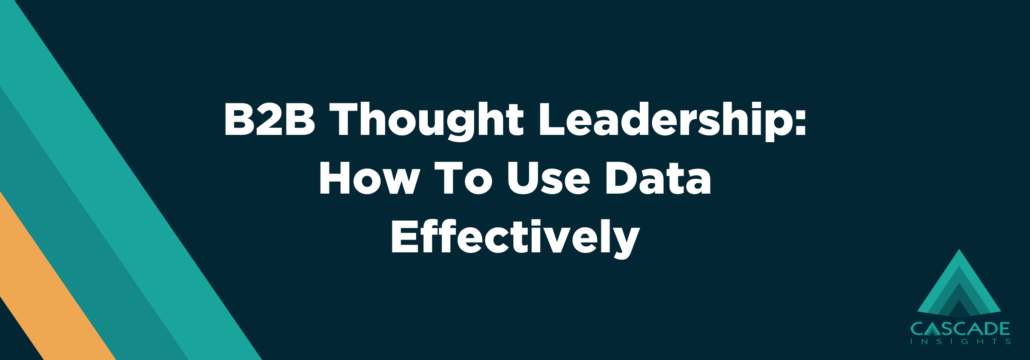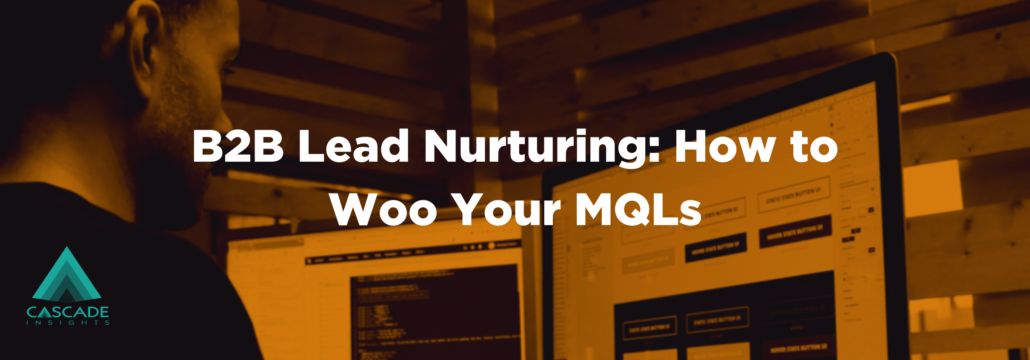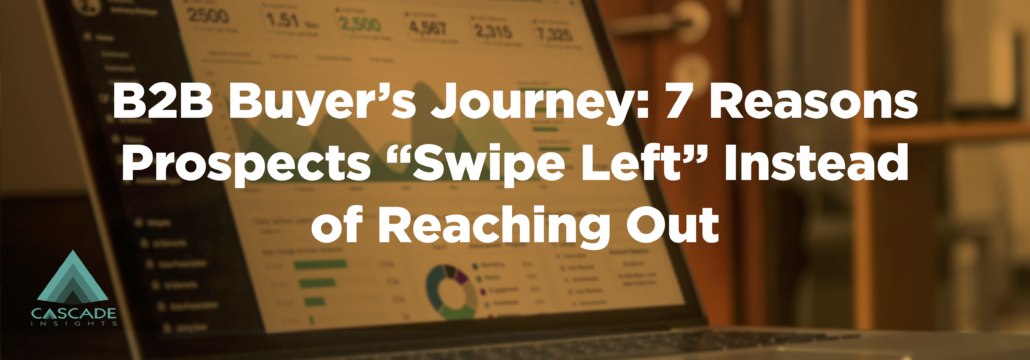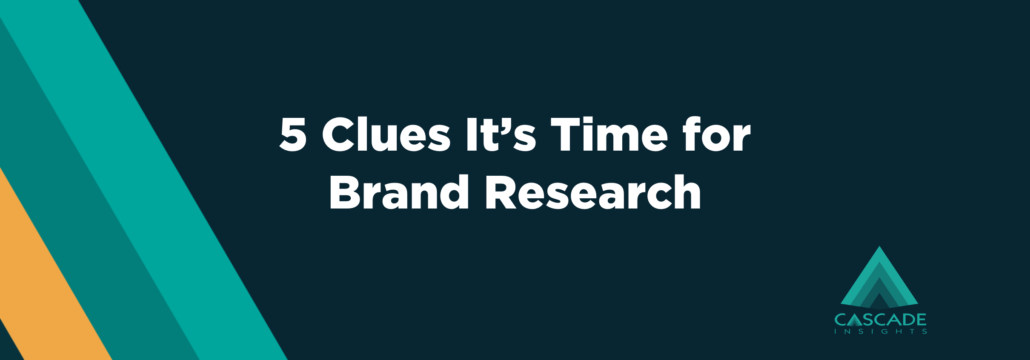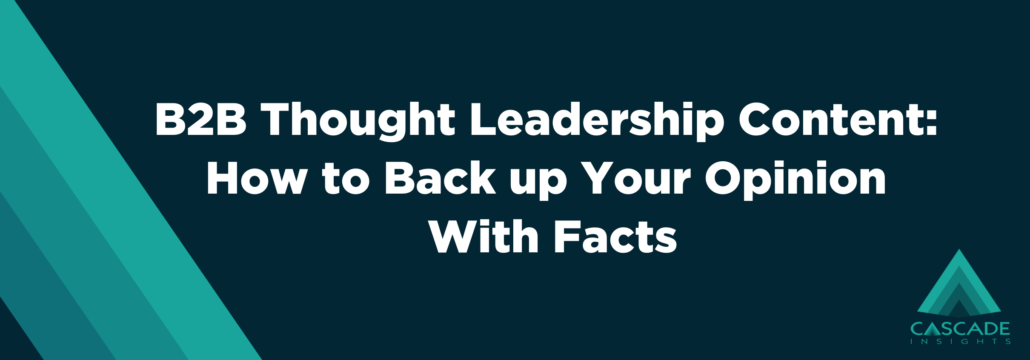
B2B Thought Leadership Content: How to Back up Your Opinion With Facts
Position your company as an industry expert by creating B2B thought leadership content that utilizes research and data to back your opinions.
Explore our customer case studies to see how we drive innovation and success in the B2B tech market."


